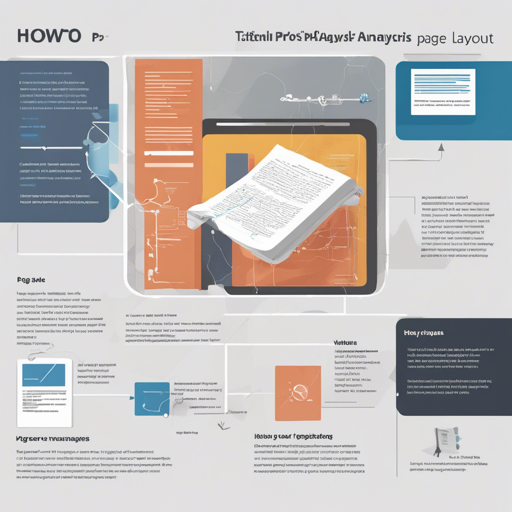Welcome to our user-friendly guide on how to set up and use the Page to PAGE Layout Analysis (P2PaLA) toolkit. Although P2PaLA is now deprecated, it serves as a significant stepping stone in document layout analysis using neural networks. In this blog, we will walk you through the installation, configuration, and usage of P2PaLA, ensuring that you can navigate its functionalities with ease.
Installation Requirements
Before you start installing P2PaLA, make sure you have the following requirements in place:
- Operating System: Linux (OSX may also work, but it’s untested)
- Python version 2.7 or 3.6 recommended in a conda virtual environment
- Numpy (installed by default using conda)
- PyTorch version 1.0 (PyTorch 0.3.1 compatible on a specific branch)
- OpenCV version 3.4.5.20
- NVIDIA GPU + CUDA CuDNN (optional, but not recommended for training)
- tensorboard-pytorch (optional, install via pip)
Installation Steps
Once you’ve verified that you have all the necessary components, follow these steps to install P2PaLA:
bash
python setup.py installTo install Python dependencies only, you can use the requirements file:
conda env create --file conda_requirements.ymlUsage Instructions
Now that you’ve installed P2PaLA, let’s explore how to use it effectively:
- Create the folder structure as
data_tag/page, where your images are stored indata_tagand the XML files inpage. Example folder structure:
bash
mkdir -p data/train,val,test,prod/page
tree data
data
├── prod
│ ├── page
│ │ ├── prod_0.xml
│ │ ├── prod_1.xml
│ ├── prod_0.jpg
│ ├── prod_1.jpg
├── test
│ ├── page
│ │ ├── test_0.xml
│ │ ├── test_1.xml
│ ├── test_0.jpg
│ ├── test_1.jpg
├── train
│ ├── page
│ │ ├── train_0.xml
│ │ ├── train_1.xml
│ ├── train_0.jpg
│ ├── train_1.jpg
└── val
├── page
│ ├── val_0.xml
│ ├── val_1.xml
├── val_0.jpg
├── val_1.jpg- Run the tool with the following command:
bash
python P2PaLA.py --config config.txt --tr_data ./data/train --te_data ./data/test --log_comment _foo- Use TensorBoard to visualize the training status:
bash
tensorboard --logdir ./work/runs- Ensure XML-PAGE files are located in
./work/results/test. We recommend using Transkribus or nw-page-editor to visualize and edit PAGE-XML files. - Refer to the documentation for more details about arguments and configuration files:
bash
python P2PaLA.py -hTroubleshooting and Additional Resources
If you encounter any issues while using P2PaLA, here are a few troubleshooting ideas:
- Ensure that your Python version is correctly set up in a conda environment.
- Double-check the folder structure to avoid any mismatches between image and XML file locations.
- If you receive errors related to dependencies, try reinstalling them within your conda environment.
For more insights, updates, or to collaborate on AI development projects, stay connected with fxis.ai.
At fxis.ai, we believe that such advancements are crucial for the future of AI, as they enable more comprehensive and effective solutions. Our team is continually exploring new methodologies to push the envelope in artificial intelligence, ensuring that our clients benefit from the latest technological innovations.
Conclusion
P2PaLA provides a robust framework for document layout analysis. By following the steps outlined above, you should be well on your way to harnessing its capabilities for your projects.

